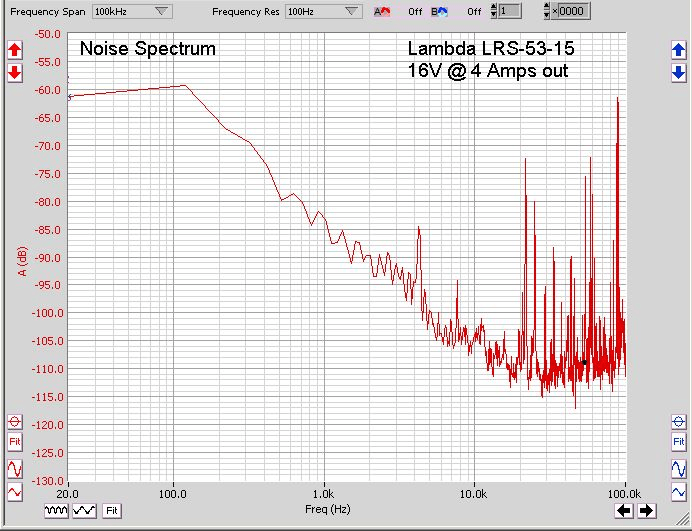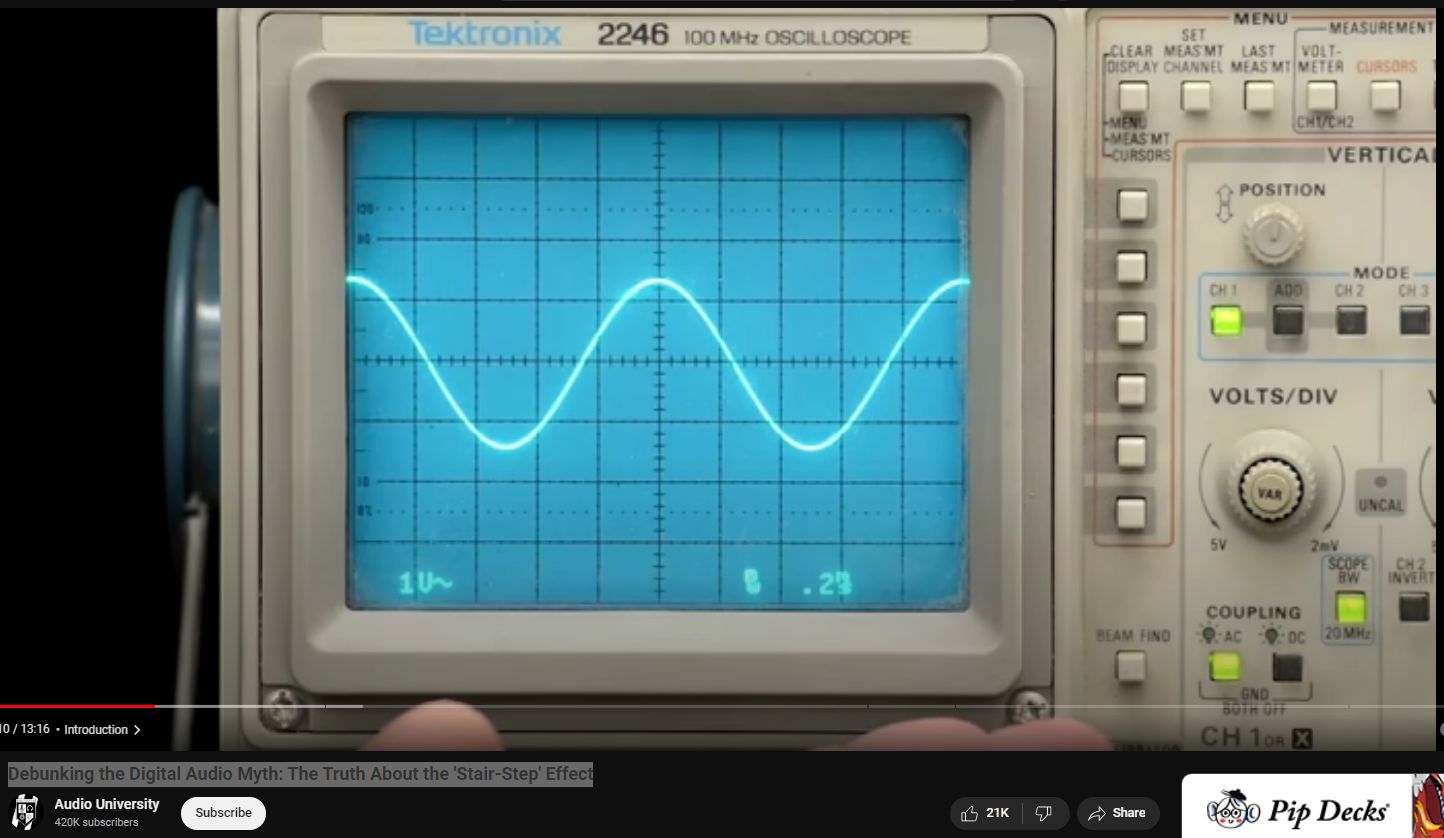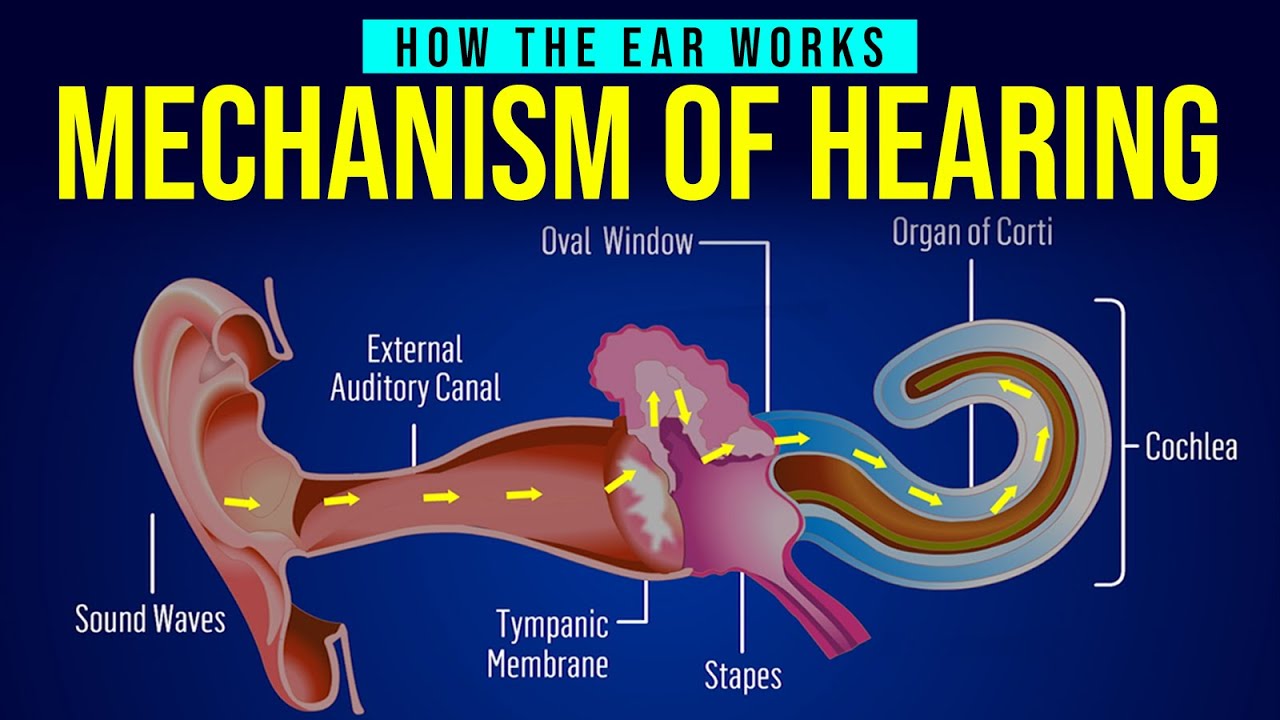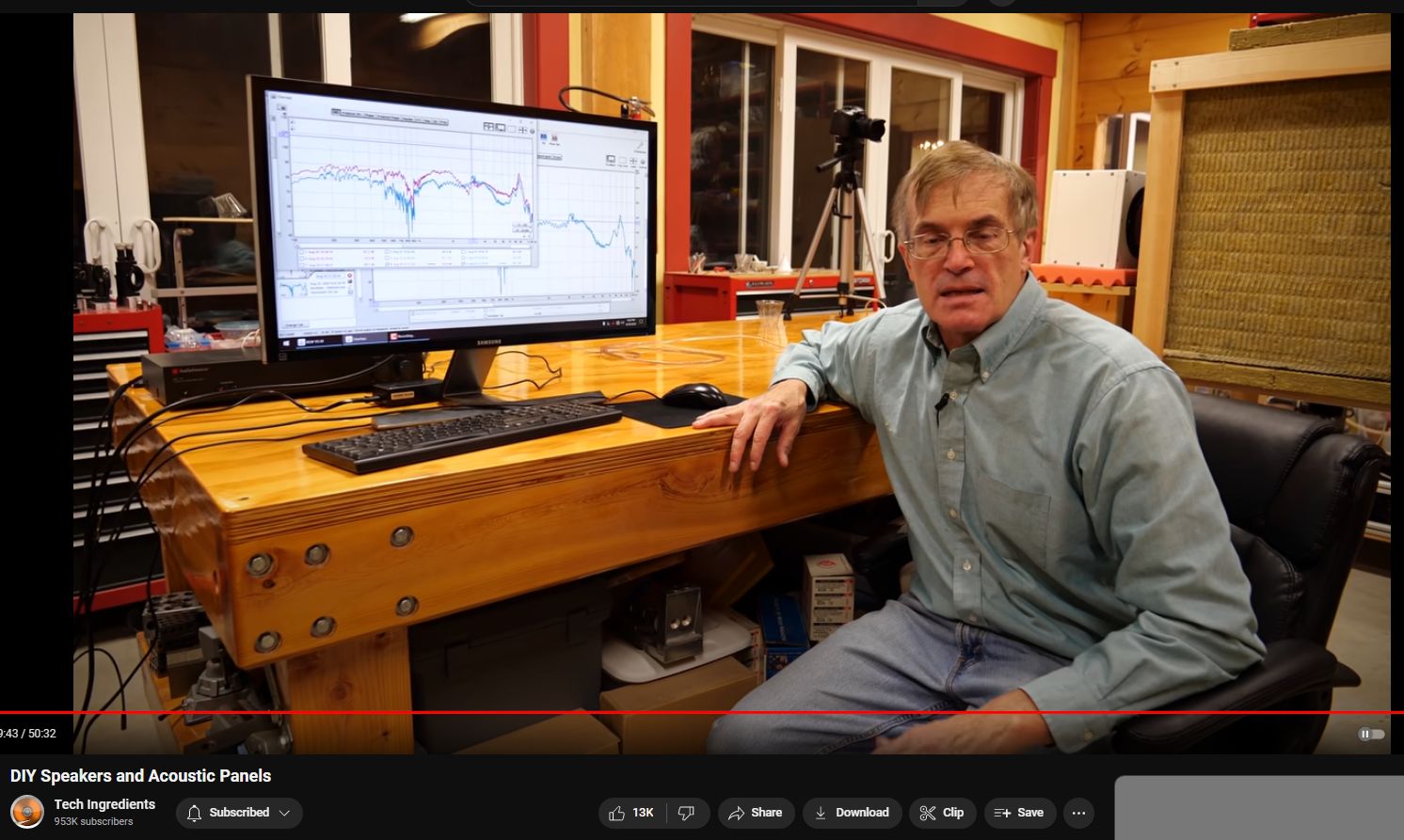An examination of how power supply design affects audio circuitry and ultimately sound quality
An examination of how power supply design affects audio circuitry and ultimately sound quality Great. I’ll conduct an in-depth investigation into how power supply design affects audio circuitry and ultimately sound quality, considering both objective performance and subjective perception. This will include foundational and recent research, and apply to all categories of audio equipment, from … Read more







